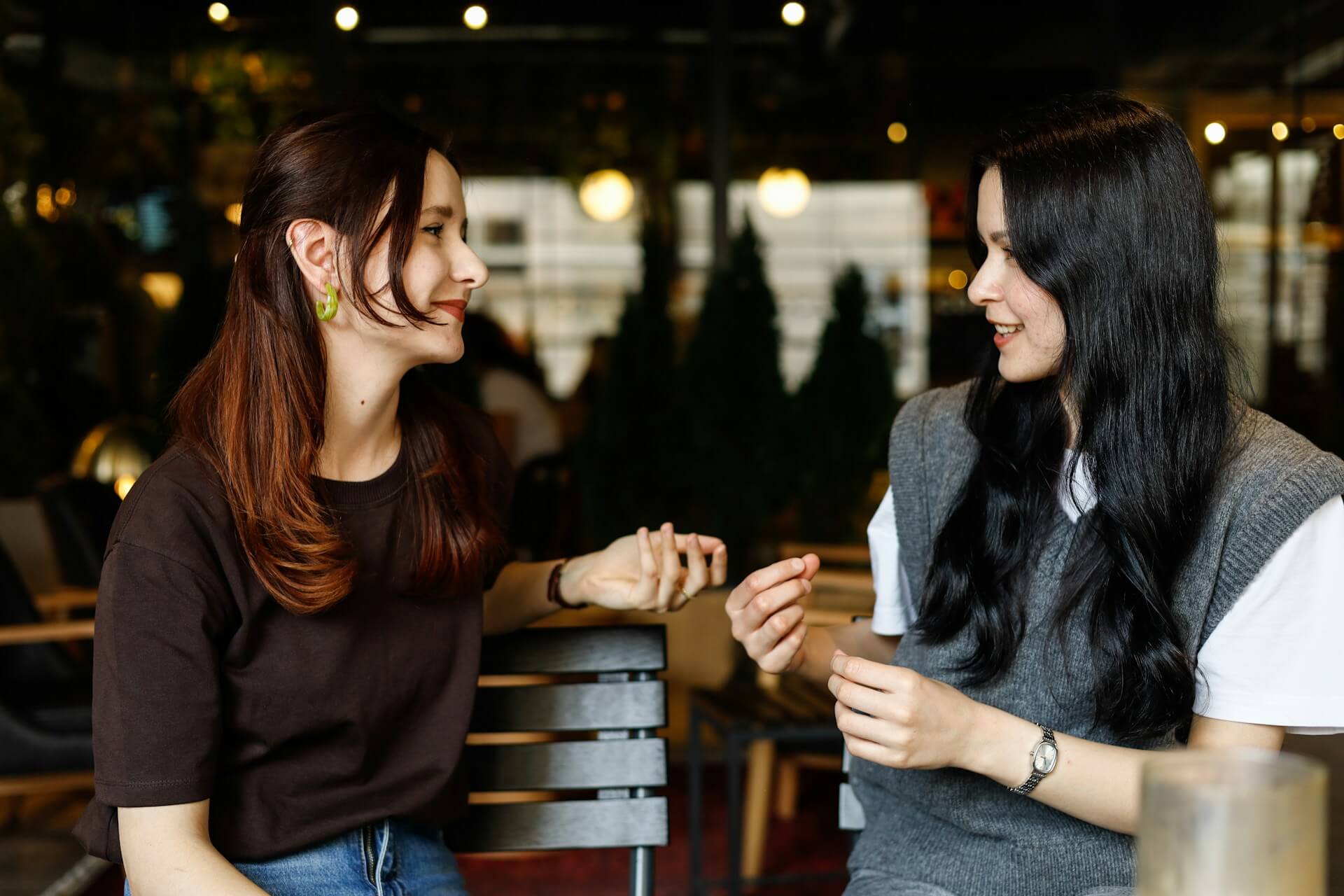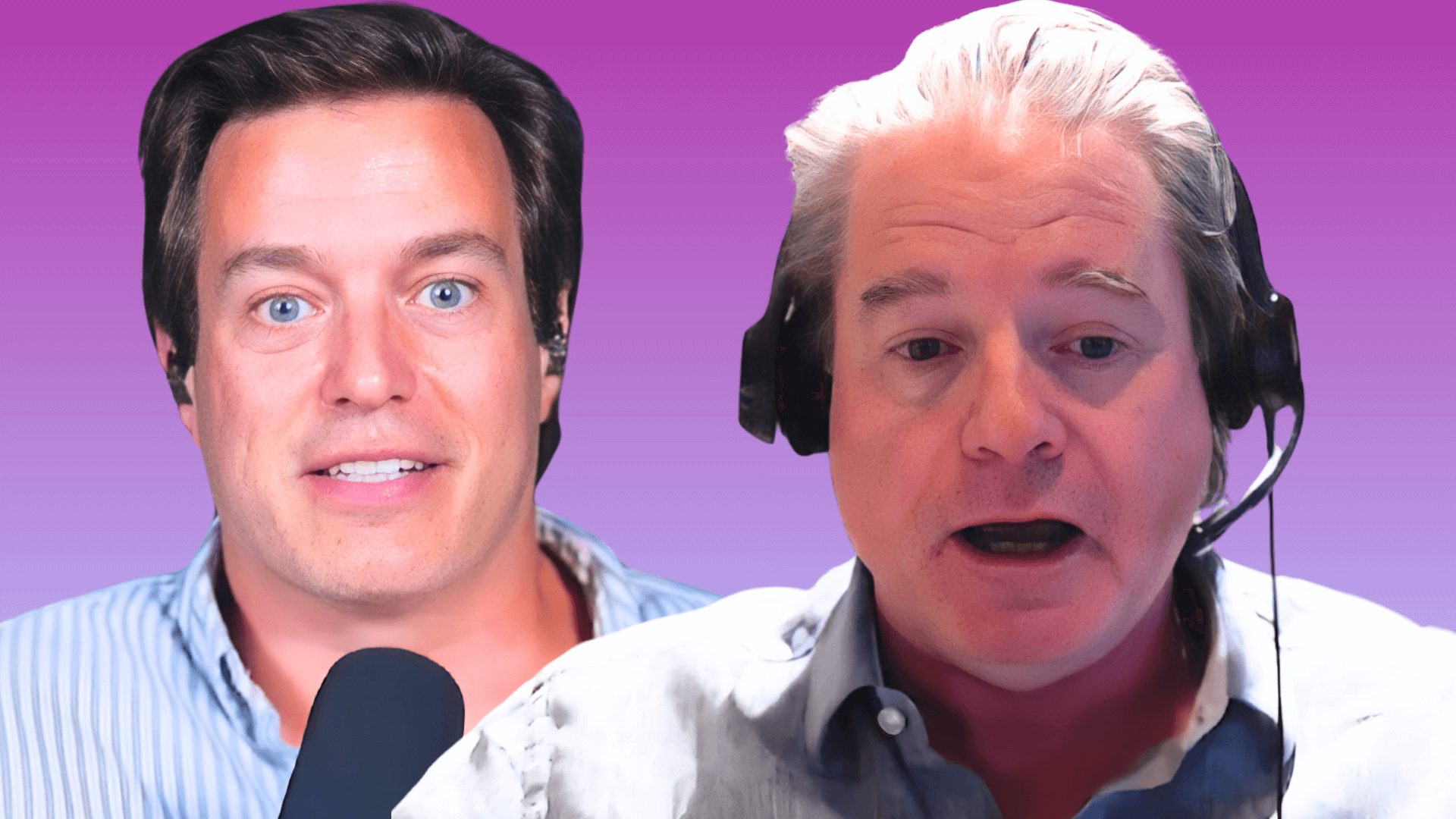Allan Pease (@AllanPease) is an Australian body language expert and co-author of 18 bestselling books on communication who once taught Vladimir Putin how to read western body language.
The Cheat Sheet:
- Find out how Allan Pease began building his expertise in body language from the tender age of five.
- While the science might still be in deliberation, what does business say about power poses?
- How did Allan wind up being the guy who Vladimir Putin called to teach him western body language?
- Learn to use the compliments trick (and spot when it’s being used on you).
- Discover how to spot a potential liar using body language, clusters, and nonverbal signals.
- And so much more…
[aoc-subscribe]
(Download Episode Worksheet Here)
Allan Pease began logging hours as a body language expert at the tender age of five, when he’d accompany his insurance sales dad on prospects — because people couldn’t resist buying from the adorable father/son duo.
After years of observing how people communicated without words, he wrote a book about what he saw: recently updated and republished as The Definitive Book of Body Language: The Hidden Meaning Behind People’s Gestures and Expressions. Listen, learn, and enjoy as Allan shares some of his best secrets on this episode!
More About This Show
The Definitive Book of Body Language: The Hidden Meaning Behind People’s Gestures and Expressions author Allan Pease spent the time from age five to 11 like most kids: as a sales prop for his insurance salesman father.
“Back in the 1950s, my father was the local district insurance agent for a large insurance company in rural Australia in the south,” says Allan. “After school, when I was five years of age, my father would take me with him two, three, sometimes four nights a week because it was mostly women who were answering the door, and he was a young, single bloke…if they wouldn’t let him get in, he’d say, ‘Do you mind if Allan has a glass of water?’ or ‘Could he use your toilet?’ So I spent four nights a week peeing in people’s toilets and sitting around tables watching my dad sell insurance!”
This gave young Allan some rare, early insights into how people — especially people trying to obscure their true intentions from a salesman — communicated without words.
“By the time I got to be 11 years of age, I got my first job selling door-to-door…I could those skills to look at people when they were answering the door to see whether they were going to tell me to go and drop dead or whether they were going to give me half a chance to present my presentation or whether they were likely to buy or not. This continued right through the 1960s and the early ’70s; in ’72, I decided to put it into a book.”
An Outward Reflection
“One thing we know about body language is it’s an outward reflection of your emotional condition,” says Allan. “In other words, whatever emotions you’re feeling [are] likely to be revealed in a gesture, posture, movement, expression, and so on. So the art of reading body language is simply [reading] a person’s emotional condition — how they’re feeling. You then match it up with what you hear them saying in the circumstances and the context under which you see it happening. That allows you to become pretty good at [getting a feel] for what could be going on in their head.”
Context is the operative word here, because one person’s gesture may mean one thing under a certain circumstance and something else (or nothing at all) under another. In study, Allan might use still shots to pick apart what a gesture meant when it was used, but in real life he can use the words, phrases, and context that accompany it for a fuller picture.
Crossing your arms, for instance, may indicate you’re not interested in or receptive to what someone is telling you — or it could mean you’re waiting for a bus in the middle of winter in Chicago and you’re just trying to stay warm.
Female Brain vs. Male Brain
When it comes to accurately reading body language, Allan says you’re at a distinct advantage if you have a “female-thinking” brain (don’t be fooled by the terminology; this includes 20 percent of males).
“If you’re a female brain, you’re going to be around two to three times better at doing this than your [male-brained] counterparts,” says Allan. “And [female-brained people] are much better at telling lies; they’re three to four times better at uncovering a lie in a face-to-face encounter.”
A cynic might take this as the lesson here: If you must lie to a female-thinking brain, do it over the phone!
Power Poses and Confidence Gestures: Science vs. Business
The science is still out on whether or not power posing — striking a particular posture to nudge your confidence into high-performance mode — is effective. But Allan insists that, in a business context, we can easily see results.
“Science often has a serious issue with a lot of the things [to do with] human communication because it’s such a wispy thing; it’s hard to nail it down,” says Allan. “In a business context, it can be more accurate…because what we’ve found by changing a specific way that somebody behaves or what they say or how they interact with someone by practicing…presentations, you can get a direct result by measuring how many…sales they get at the end. In fact, you can put a dollar value on it.”
In his own work, Allan has also found that having crowd-shy people perform power poses before speaking in public gets them more positive feedback.
If you want to test how a confidence gesture might affect you (or not), Allan suggests holding what he calls the steeple for two minutes: “almost like you’re praying, with the fingertips of one hand lightly touching the fingertips of the other.”
The Compliments Trick
According to Allan, you can compliment a person on one of three things:
- Appearance: how you see them.
- Behavior: something they’ve done.
- Possessions: something they own.
“I read a study that showed when you compliment somebody — when they think back to you several days later — they think back to you as taller, thinner, and more attractive,” says Allan. “Because when you make a person feel good by paying them a compliment, they remember you in more glowing terms.
“So rather than going on a diet, why not learn to fake compliments?” (This being a podcast, we imagine this was accompanied by a wink.)
The reality is: you don’t have to fake it if you’re genuinely inquisitive about the other person. Don’t dish out a compliment to someone unless you can explain why you like whatever it is you’re complimenting.
If you feel like you’re just not the kind of person who gives out (or receives) compliments easily, this whole process might ring false when you try it for the first time. But as long as your intentions are to legitimately make the other person feel good (as opposed to conning them for personal gain), you’ll usually be forgiven by the other party even if they can tell by your body language that you’re trying a little too hard to get on their good side.
Tips to Spot a Liar
Finding a liar is as easy as going to see your favorite actor play a part in his or her latest movie or attending just about any political rally. But at least you already know they’re lying.
But how do you spot someone in everyday life who might be trying to deceive you? Allan has these tips.
- Never take one gesture as a tip off. Look for at least three gestures — a cluster.
- Potential gestures to look out for (if you’re dealing with a westerner):
- They increase hand to face contact — especially nose touching.
- Certain phrases that preface a lie, like “to be perfectly honest,” or “to tell you the truth,” or “in all sincerity…”
- Overacting to really sell you something even they clearly don’t believe.
- Body language contradicting what’s being said.
One gesture simply isn’t enough information to go by; maybe they’re touching their nose because they’re allergic to your cat. Maybe beginning every sentence with “to be perfectly honest” is just their own particularly annoying tic. Maybe they overemphasize everything. But a cluster of these gestures points to a good possibility that the person you’re talking to is, at the very least, trying to hide some version of the truth from you.
Listen to this episode in its entirety to learn more about how Allan wound up teaching Vladimir Putin the nuances of western body language, how body language has changed over cultures and generations, how technology has modified our ability to pick up on more subtle forms of communication (and how it may yet still), the differences between a con artist and an Oscar-winning actor, and lots more.
THANKS, ALLAN PEASE!
If you enjoyed this session with Allan Pease, let him know by clicking on the link below and sending him a quick shout out at Twitter:
Click here to thank Allan Pease at Twitter!
Click here to let Jordan know about your number one takeaway from this episode!
Resources from This Episode:
- Worksheet for this episode
- The Definitive Book of Body Language: The Hidden Meaning Behind People’s Gestures and Expressions by Allan and Barbara Pease
- Why Men Don’t Listen and Women Can’t Read Maps: How We’re Different and What to Do About It by Allan and Barbara Pease
- Pease International
- Allan and Barbara Pease at Facebook
- Pease International at YouTube
- Allan Pease at Twitter
- Amy Cuddy | Presence (Episode 536)
You’ll Also Like:
- The Art of Charm Challenge
- The Art of Charm Bootcamps
- Elite Human Dynamics
- Best of The Art of Charm Podcast
- The Art of Charm Toolbox
- The Art of Charm Toolbox for Women
- Find out more about the team who makes The Art of Charm podcast here!
- Follow The Art of Charm on social media: Instagram | Twitter | Facebook
On your phone? Click here to write us a well-deserved iTunes review and help us outrank the riffraff!




